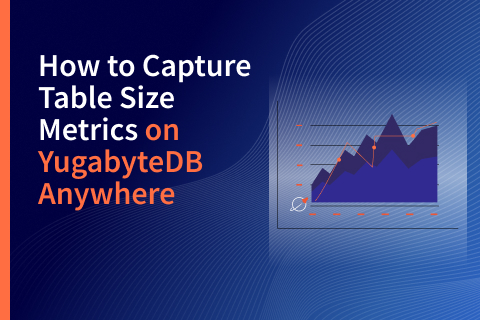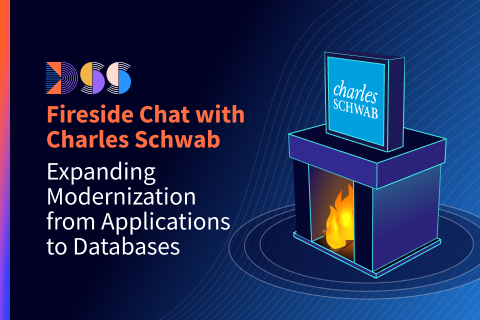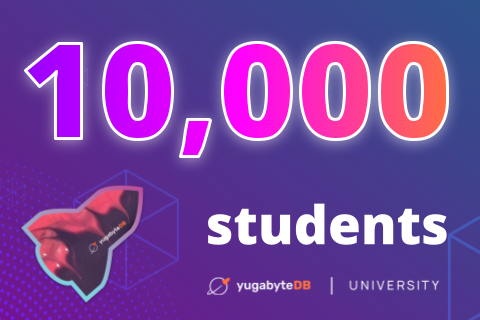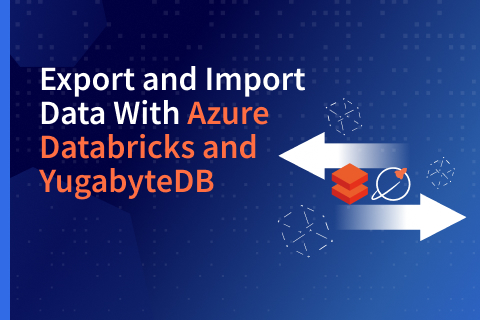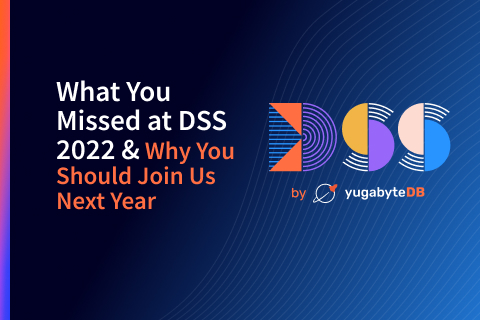Yugabyte Joins the Microsoft Intelligent Data Platform Partner Ecosystem
We are committed to delivering new YugabyteDB distributed database capabilities that enhance the Microsoft Intelligent Data Platform experience for our joint customers by dramatically simplifying the process to connect YugabyteDB with Microsoft Azure Synapse Analytics.



